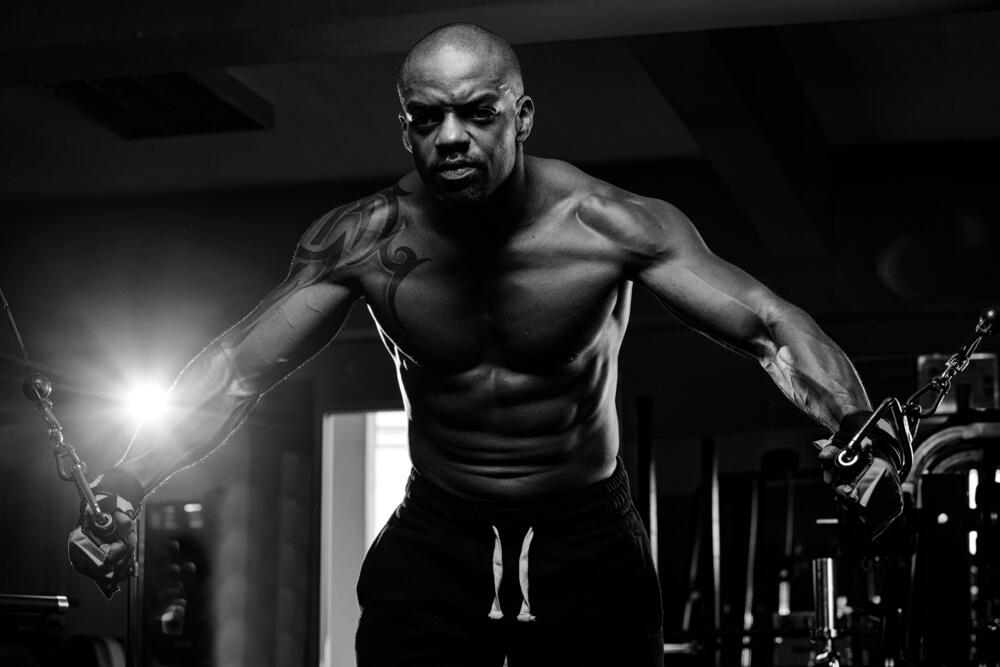
Are you doing the right things in the gym? Want to make improvements? If so, we have the info on how you can better your workouts by simply switching exercises. You’re welcome!
There are literally thousands of variations of exercises out there that are done with or without equipment or props. With all the hard work we put in to get fit, get in shape and build muscle, wouldn’t it be nice to know what the most effective exercises are?
I’ve switched up my routines time and time again because I find more effective exercises and ones that do not strain areas such as my back and shoulders. I also find myself switching to exercises that I really feel the next day (in a good way). That’s what this list is all about: Trading the old and bringing in something new that will give you better results.
Some exercises aren’t very effective at all when it comes to getting strong or building muscle. There are also certain exercises that have the potential to cause injury or wear and tear on your body before its time.
We’re going to go through a list of exercises you need to swap out of your life forever to get the best and safest results. You may already be getting results from some of these. With that said, results that come with the potential for injury isn’t what we are going for. We’ll give you the safest and most effective exercises to get you on the right track.

Warm Up First
You never want to skip your warm up.
Why?
You can’t just jump into a session and expect your muscles to perform at their highest potential without first doing a simple warm up. Warming up your muscles before any type of exercise is important because it prepares them for the hard work they will soon be put through.
When you do a proper warm up before your workout, it will increase your heart rate and blood flow to all of your muscles, allowing for much-needed nutrients to be delivered. Also, this will increase the temperature of your body and muscles, making them more pliable and flexible. A good warm up also readies your joints for exercise by helping them to get a little looser and lubed up for movement.
You should warm up for at least five minutes. Anything from running on the treadmill, getting on an elliptical machine, doing a round of jumping jacks or performing many other exercises will get your heart pumping.
Here’s An Example Of A Five-Minute Warm Up Session
Marching in place – Standing upright, bring your knees up towards your chest, move your arms at the same time as if you are running. Keep the pace at about medium intensity. Do this for one minute.
Butt kickers – This is just like running in place except you will bring your heels up towards, and make connection with, your buttocks. You are literally kicking yourself in the butt. Keep your core tight and your arms moving. Do this for one minute.
Jump rope – This can be done with or without an actual jump rope. You would just mimic the same movements. Keep the intensity at about medium and go for one minute.
Speed skaters – Standing with your feet shoulder-width apart, take a large step out to your right. As you do this, sweep your left leg behind you and bring your left arm across your body. You can also perform this with a hop instead of a step. Alternate sides as you do this for one minute.
Jumping jacks – This will bring you back to grade school. Stand with your feet together and your hands by your sides. Next, position your feet out to your sides and raise your arms above your head. Then take that motion in reverse by jumping your feet back together and position your arms down by your sides. Repeat for one minute.
Don’t Forget To Stretch
Stretching is equally important to warming up your muscles. This will make them ready for exercise and also help you perform better. Stretching should be done when your muscles are warm.
Never do static stretching (stretches that you hold for a period of time) before a workout. This type of stretching can hinder your performance, reduce muscular power and increase the risk for injury.
Instead, you’ll want to do dynamic stretches (stretching with movement). Dynamic stretching increases your range of motion, improves body awareness and activates the muscles you will use during your workout.
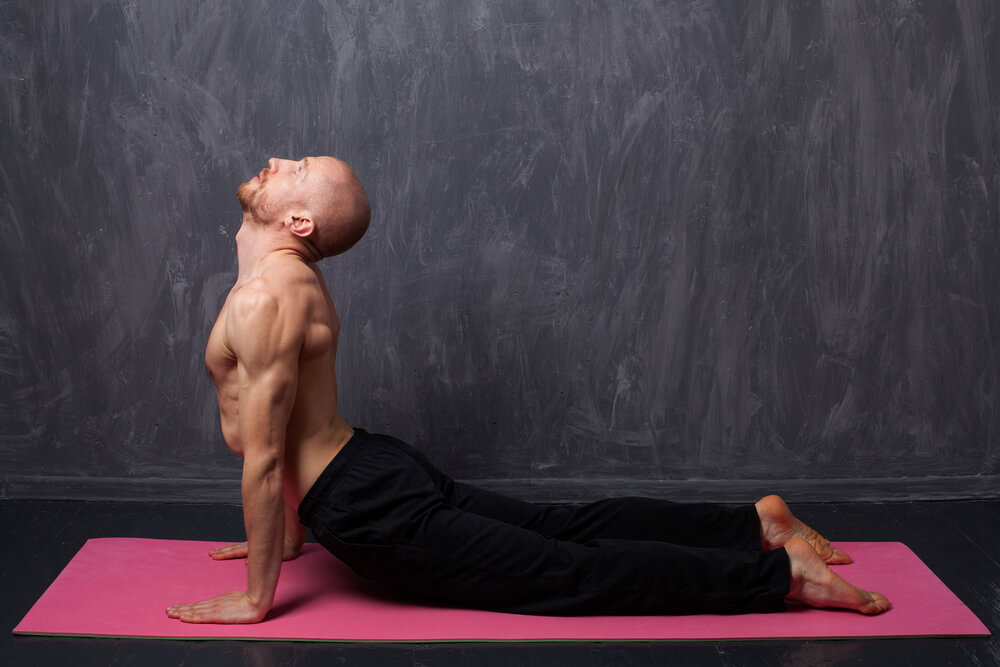
Try This Round Of Dynamic Stretches Before You Begin That Sweat Session
High kicks – Standing with your feet hip-width apart, and your arms reaching out high in front of you, kick your right leg straight up to meet your right palm. Repeat with your left leg. Try to do about 10 per leg.
Toe touches – Standing with your feet hip-width apart, hinge at the hips and reach down towards your toes then immediately come back to standing. Repeat 10 to 15 times.
Torso twists – Stand with your feet shoulder-width apart, feet facing forward and arms reaching out to your sides. Gently turn your torso to the right and left in one smooth motion. Repeat for about 20 twists.
Arm swings – Standing in a comfortable position, hug yourself with both arms, then swing your arms back, squeezing your shoulder blades together. From there, bring them back to hug yourself in a smooth motion. Repeat 20 times.
Let’s Get To The List Of Exercises
Some exercises I’ve come across have been labeled wrong. They may be working the muscle you weren’t intending on working while leaving out the one you want to focus on.
Others may work only part of a set of muscles, such as the upper abs, when you would like to focus on the whole package. Another problem is that some might be just fine in the effectiveness department, but will put unnecessary strain on other parts of your body. We’ll go over a few here and add some safer and more effective replacements.
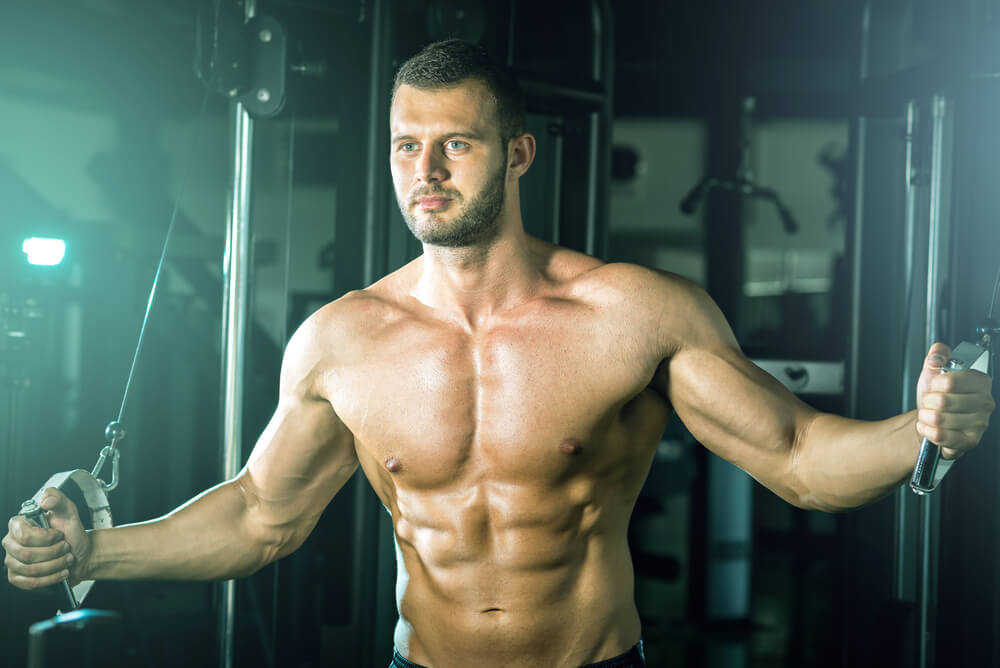
Standing Dumbbell Pec Flyes
This exercise is pretty much useless in working your pectoral muscles (muscles in your chest). It’s performed with a dumbbell in each hand where you would keep them parallel to the floor and bring them inward to meet at the middle of your chest and held away from your body.
What’s The Problem?
They do not work the pectoral muscles at all. There is no opposition of gravity. The motion of this exercise is horizontal to the ground, while the gravity is vertical. All this exercise is really working is your deltoids (shoulders).
This Is What To Do Instead
Do pec flyes from the ground or a bench. That’s all you have to do to make this exercise effective and turn the focus back on your pectoral muscles. Just change the direction of gravity. You can also do pec flyes while lying on a stability ball to engage some of your stabilizing muscles.

Traditional Sit-Ups
The sit-up has been around for as long as I can remember. It was always a staple exercise in many workouts. The sit-up is meant to strengthen your abdominal muscles, but there are a few things you should know before busting out 100 sit-ups in your routine.
What’s The Problem?
Sit-ups are hell on your lumbar spine (lower region of the back). They put excessive force on that area every time you lift your back off the floor to the seated position. Not only that, but during a sit-up the hip flexors seem to dominate the exercise. This takes the focus off of your abs (the intended target).
When your hip flexors get overly developed, this can make matters even worse for your lower back.
Why?
Your hips will begin to make a tilt forward over time, pulling your spine along with them, creating an unnatural position and causing chronic lower back pain.
This Is What To Do Instead
Crunches and variations of crunches are going to be your best bet. They are great for targeting your abs and taking the strain off your lower back.
If the average crunch doesn’t get your muscles burning quite like you want them to, you can always add a bit of a challenge and do them from a stability ball. The ball not only adds extra support in your lower back, but it also invites more stabilizing and deep core muscles to the party.
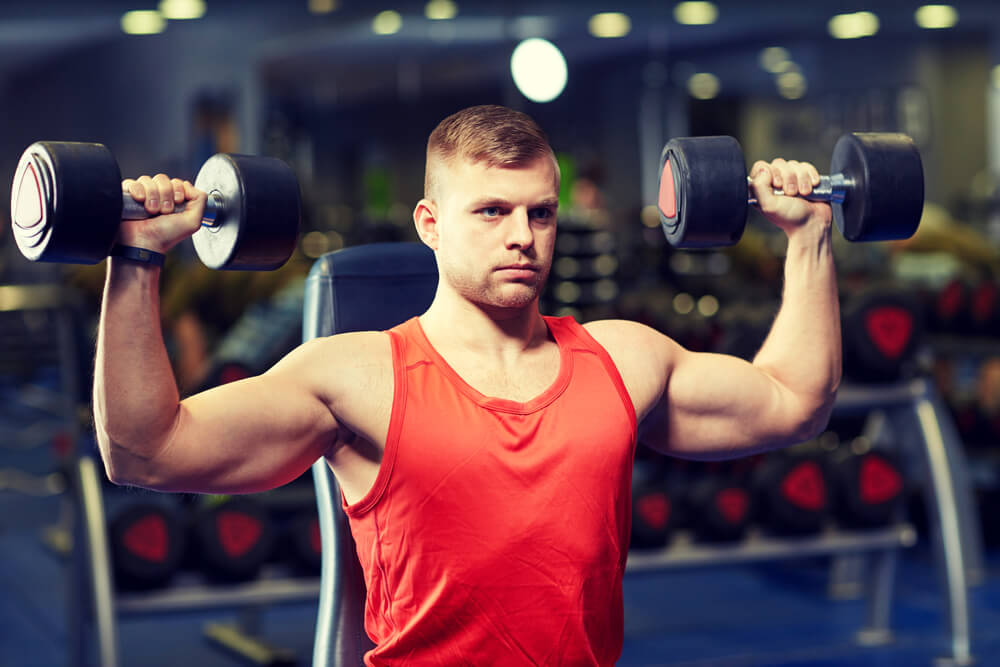
Behind The Neck Shoulder Presses
This is an exercise that’s performed using a barbell while standing. The starting position is behind the neck. There’s a better way to hit the shoulder muscles, though. Let’s find out!
What’s The Problem?
The position that your shoulders are in during this exercise places your shoulder joints in such a manner that it is simultaneously abducted and externally rotated. This is a position that can cause some serious damage to your tendons, rotator cuff and even the ligaments, which can become stretched over time making surgeries to repair them very necessary. That will set you back when it comes to reaching your goals.
This Is What To Do Instead
Try a standing dumbbell press. When you use dumbbells, as opposed to the barbell behind the neck, you’ll allow your shoulders to stay in a more natural position. Your hands won’t be forced to make an unnatural reach behind your neck.

Abductor/Adductor Machine
This exercise is done in a seated position on the machine. But, it’s safety and effectiveness is not what you think it is.
What’s The Problem?
Unless you are a horseback rider, there really is no reason to perform these unnatural movements. Even if you are a horseback rider, there is a better way to strengthen your saddle grip without risk.
By forcing your legs to open and close in such a position, you will be putting a lot of pressure and strain on the hip capsules and the IT bands. Not only that, this is a great way to suffer a groin pull, which, by the way, is very uncomfortable.
This Is What To Do Instead
Lunges are a great way to work and strengthen the same muscles with less risk and more functional effectiveness. There are many variations to the lunge such as walking lunges, weighted lunges and jumping lunges, which are a great plyometric exercise.
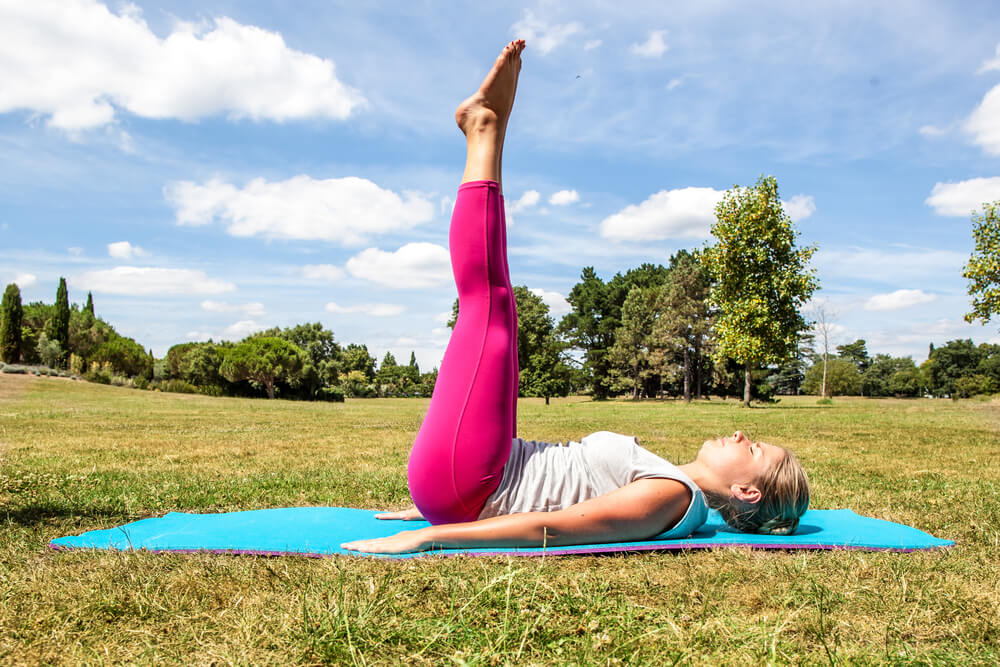
Straight Leg Raises
This exercise is either done lying on the floor or a bench. The main target is the lower abdominal muscles, but there is a better way to target those and then some.
What’s The Problem?
Straight leg raises put an enormous amount of pressure on your lower back. Over time, they can take a good healthy back and turn it bad. Once again, just like traditional sit-ups, this type of exercise brings your hip flexors into the mix and takes the main focus off of your abdominal muscles. This compresses the lumbar segments and moves them forward with the massive force created by lifting a set of legs.
This Is What To Do Instead
The plank, when done the right way, is a great and effective way to engage the entire set of abdominal muscles, not just the lower area, so that’s a bonus. Planking can also help you build a strong lower back and shoulders. There are many variations of the plank. These include the high plank, which is done from your hands, forearm plank and right or left side plank.
Conclusion
Try swapping out your old exercises for these suggested exercises and see how much more effective they can be. You might even find that back pain lessens or subsides. Whatever the case, exercises that are safe and effective, like the ones mentioned, will help you get to your goal much faster.
By Heather Neff, CPT
Latest posts by Terry M (see all)
- Garage Gyms - Aug 1, 2018
- Kettlebells – Why They Should Be Added To Your Routine. - Jul 24, 2018
- Weight Belts: What Are They Really For? - May 31, 2018










[…] exercise is a plyometric exercise. Plyometrics are all about jumping. If you’ve ever done a complete plyometric workout you know […]